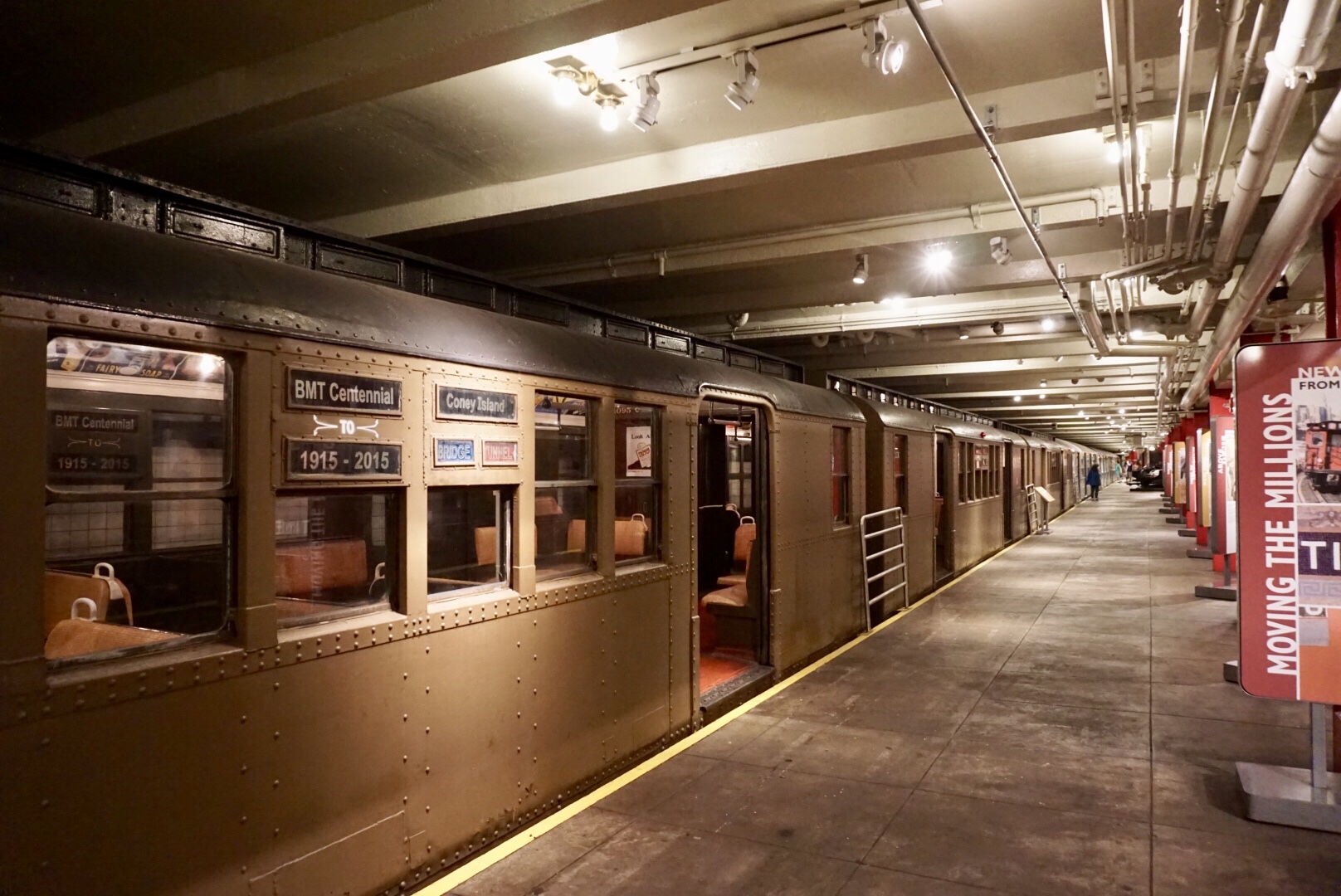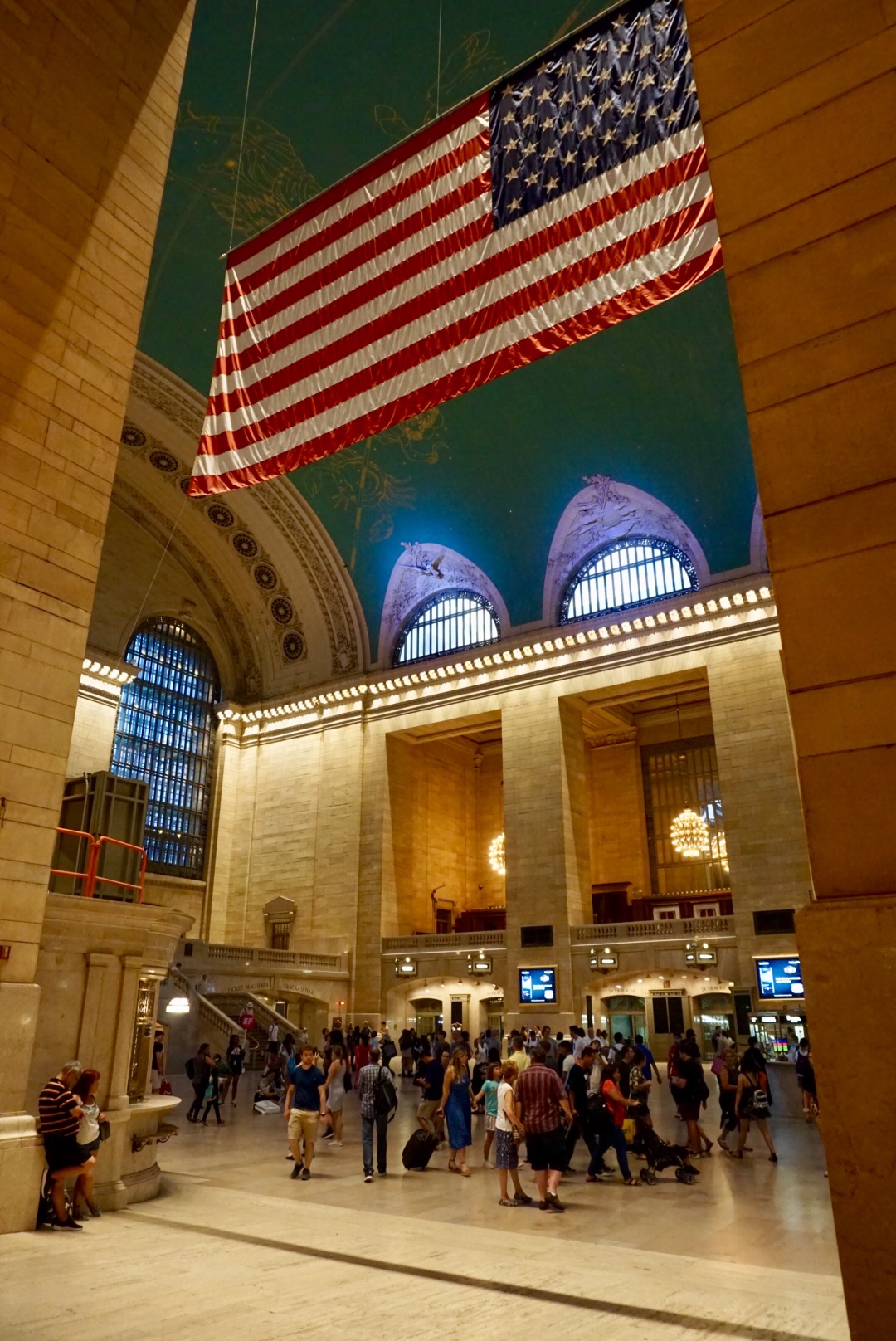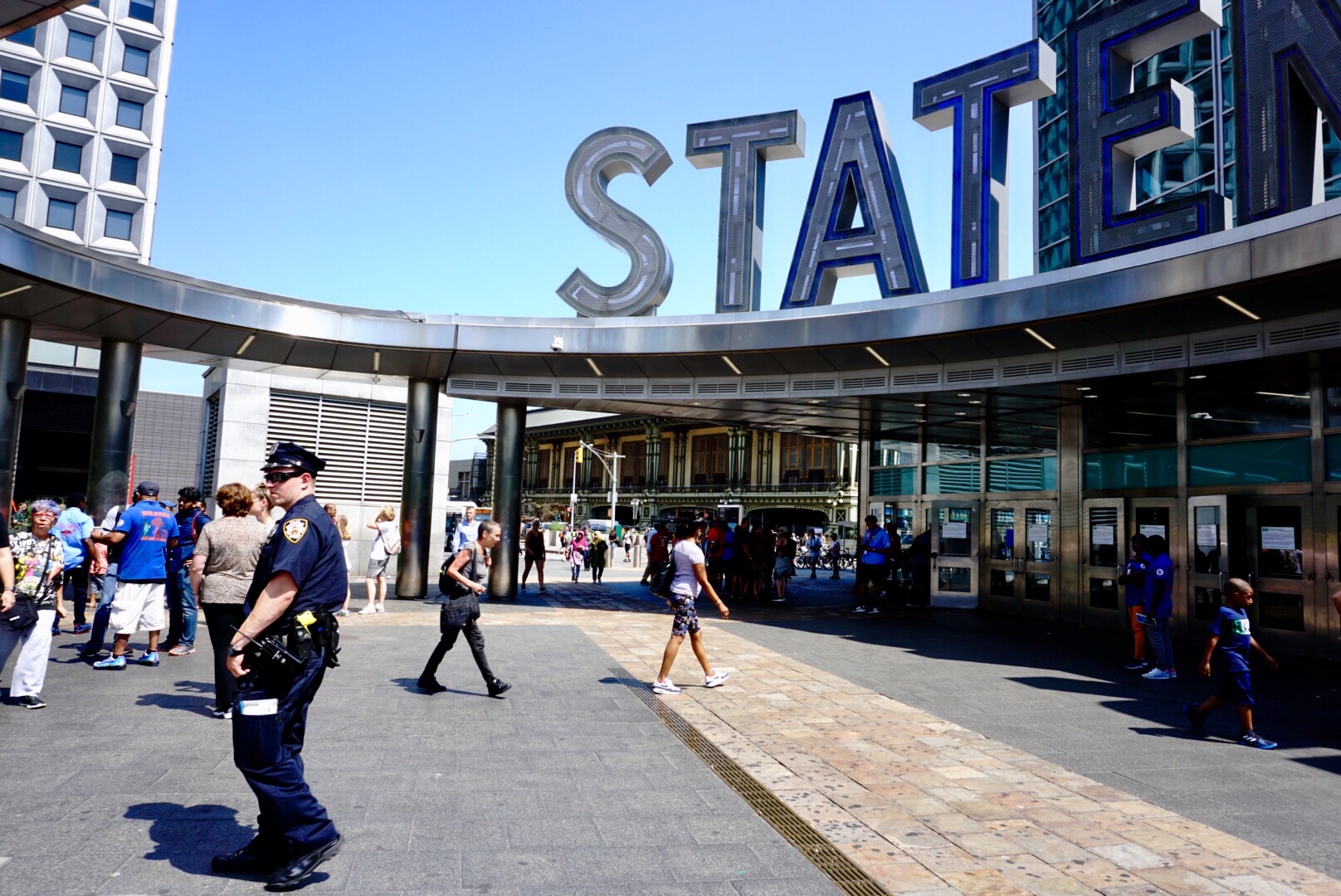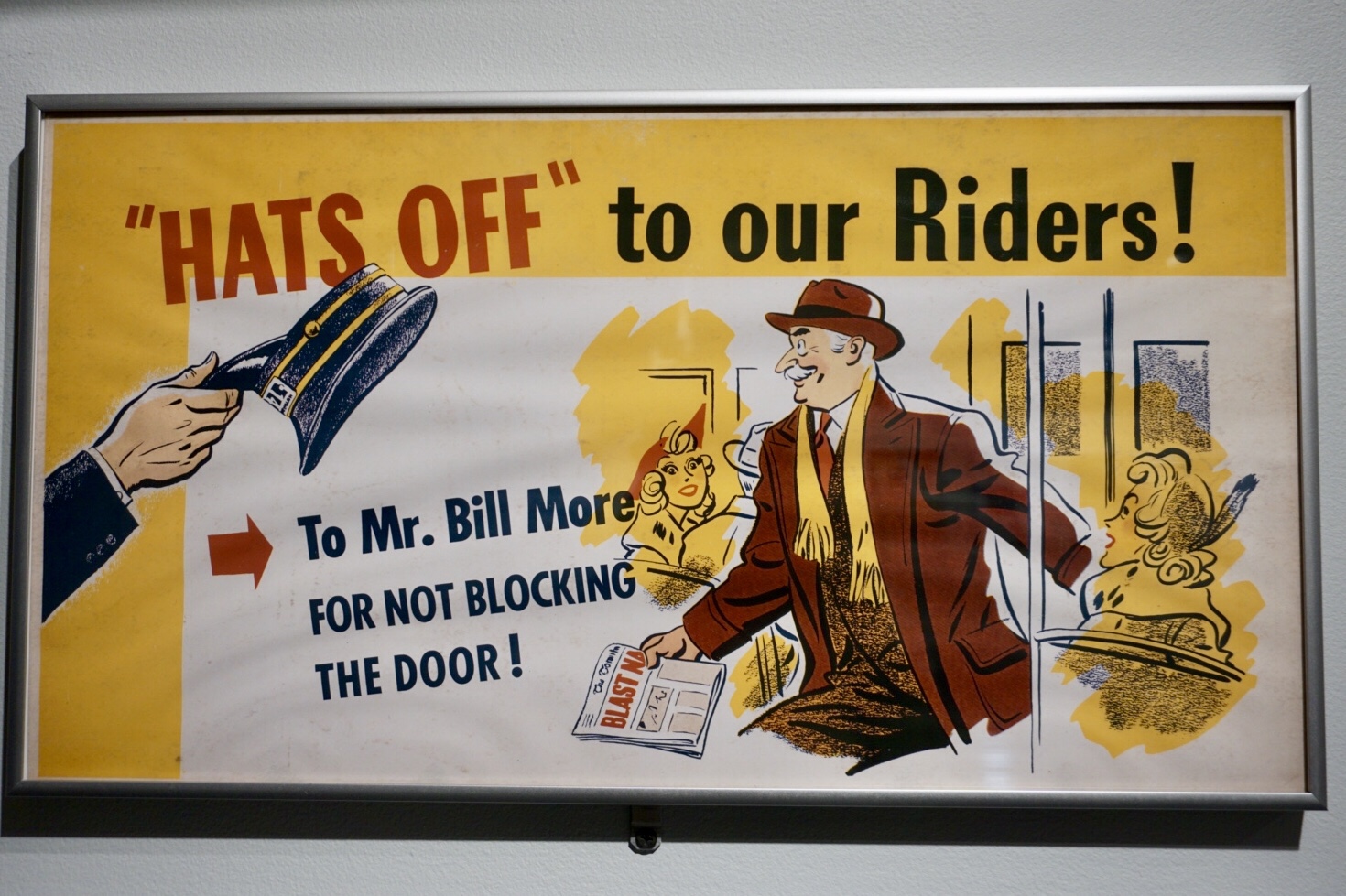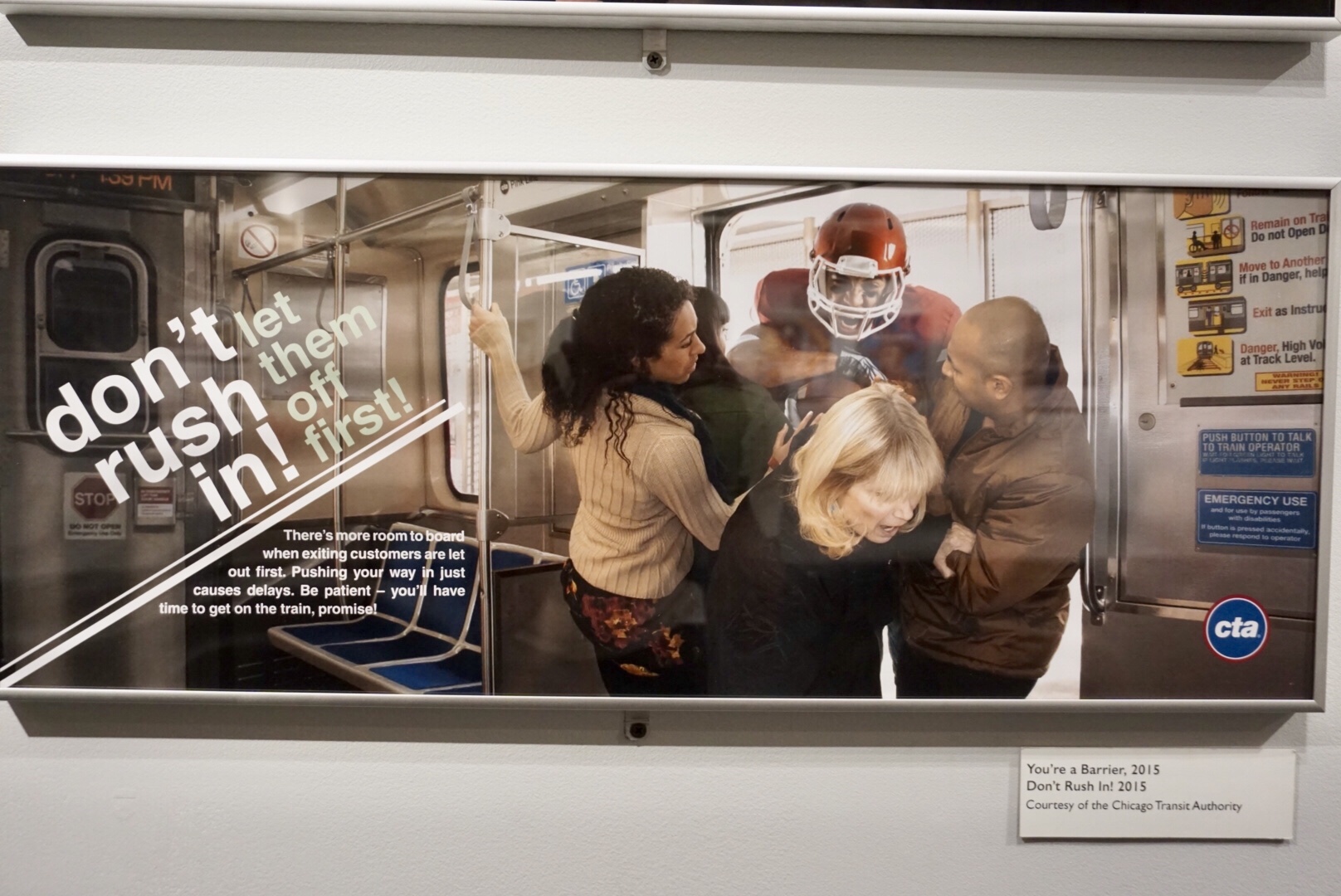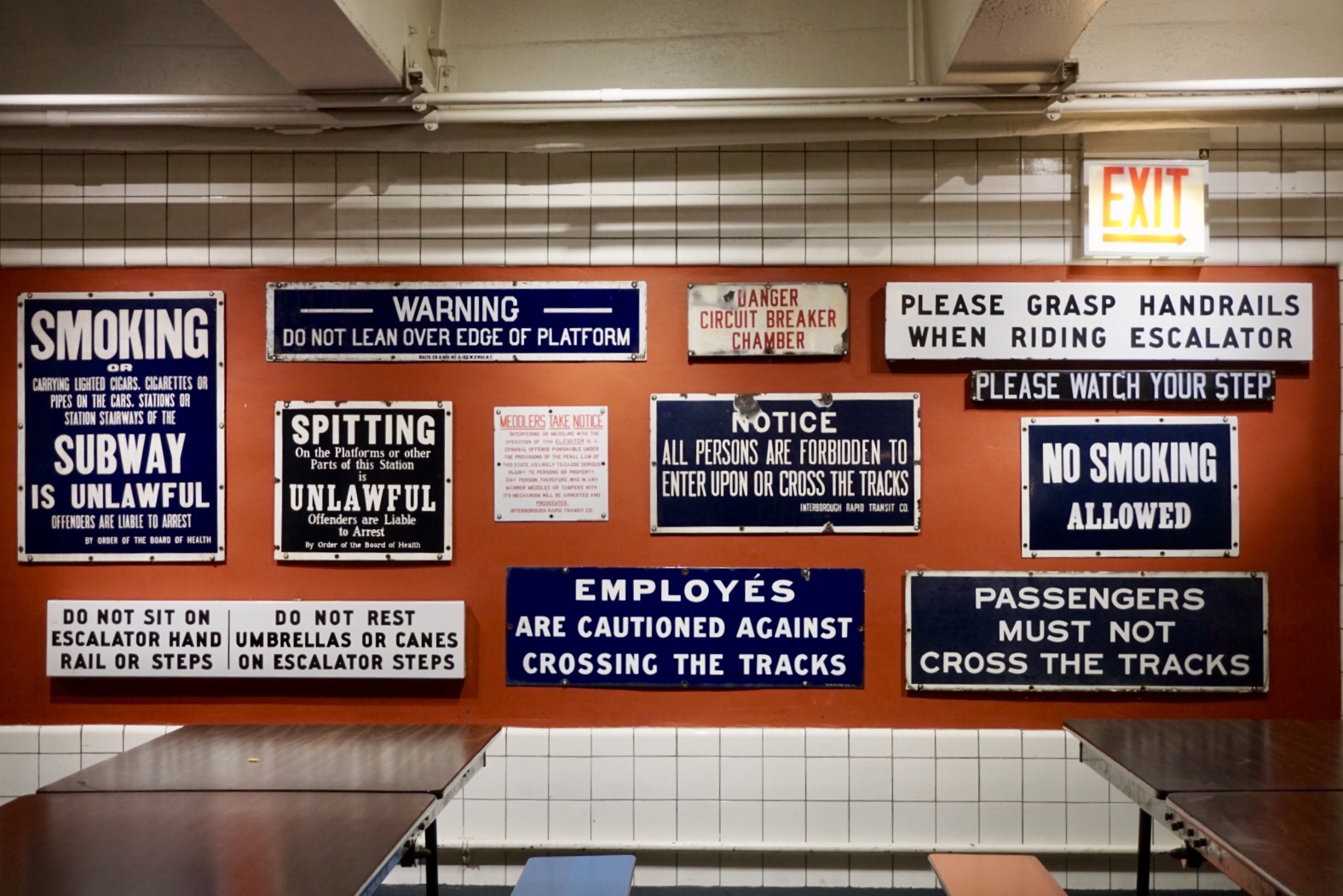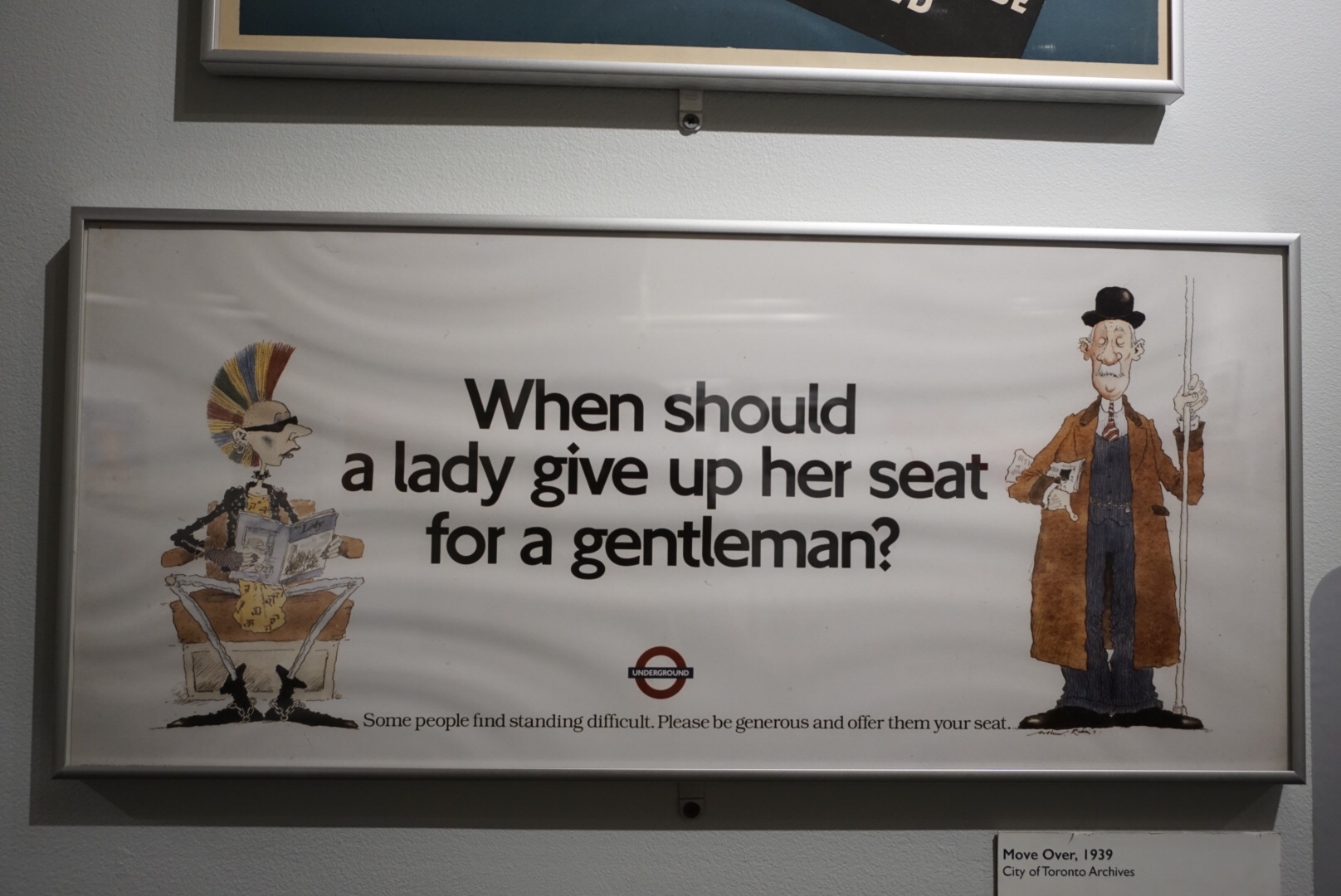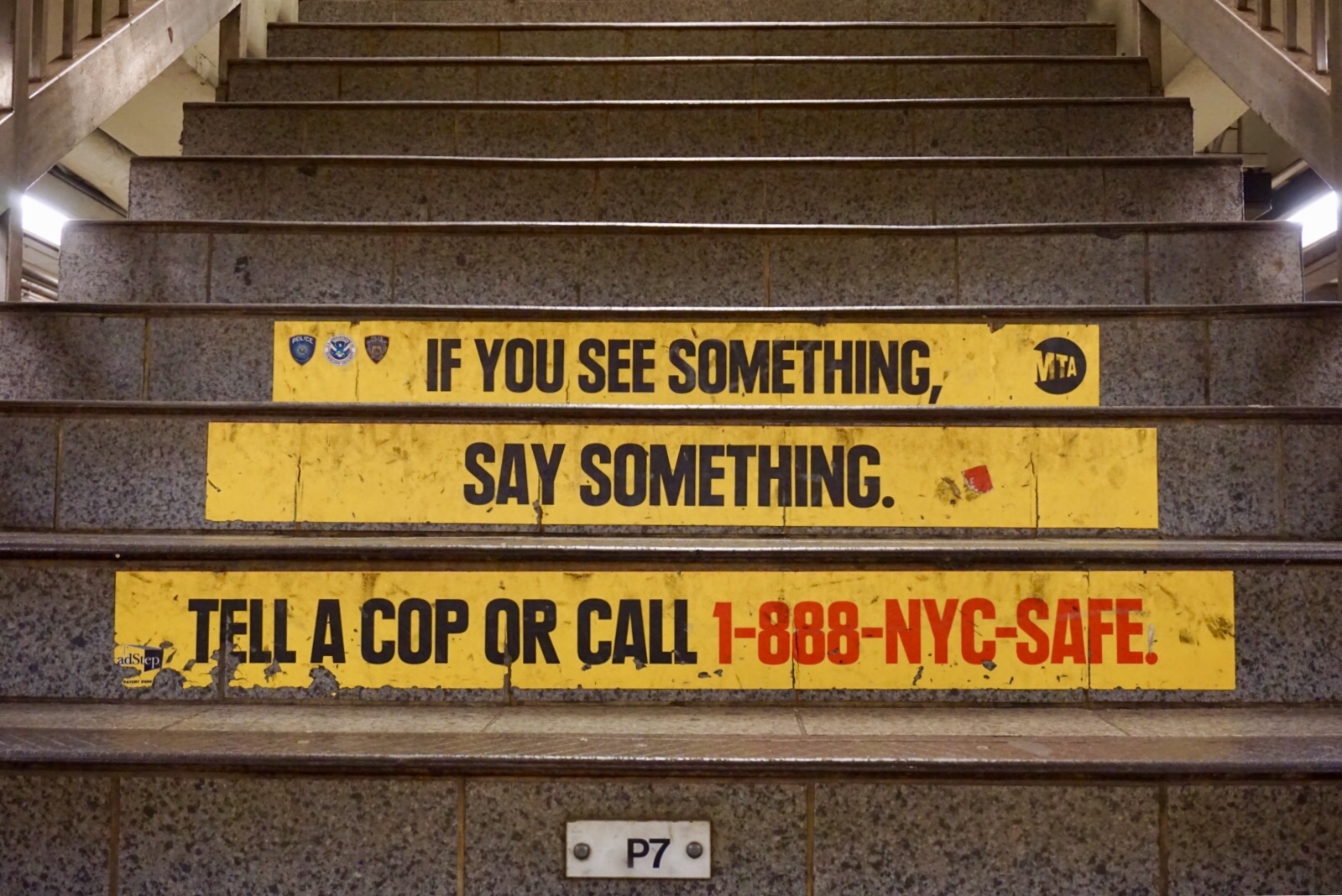We say public transport, you say public transportation…
As Covid-19 lockdown continues, I return to photos of my last time abroad, when I went to New York a long, long time ago…
In the land of the car, many US cities have good transport options: subways, buses, trolley buses (trams), ferries, bikes, and scooters (electric and manual) for hire.
Of the places I visited, Chicago’s subway was probably the most sophisticated. They were the only city who had introduced contactless payments. New York had been trialling contactless payments for several years but had yet to roll it out across the whole subway system!
In the US, each city’s transport system has its own version of London’s Oyster card. San Francisco has Clipper cards; LA has the TAP card; Chicago has Ventra cards (an alternative to contactless payments); Boston has LinkPasses; and New York has MetroCards. These were incompatible: you couldn’t use one card on another city’s transport system. Eventually, they’ll all accept contactless cards but I got the impression that there is not much investment in public transport.
I visited Staten Island after my hosts suggested it, who added that it was free to go on the ferry. I only really wanted to experience the ferry. I had been using the subway and buses every day.
On a trip to Brooklyn (to a highly regarded pizza place), I emerged from the subway to be greeted by heavy rain. Rather than get wet, I huddled for cover with several other umbrella-less Brooklynites. I got talking to one person and, eventually, asked one of my usual questions: what would you recommend I see that people wouldn’t normally go to? He suggested the Transit Museum. This recommendation perfectly suited my trainspotting temperament!
At the Transit Museum, there was an engaging history of the New York subway and the subway map. The subway map has gone through many revisions. At one point, it was similar to the London Underground map, which has only an extremely rough resemblance to an actual map of London. However, in NY, people wanted something more realistic. So the current NY version has the subway lines drawn on a simplified map of Manhattan, which includes main streets and some landmarks, such as Central Park. The Chicago subway map is similar. This may be good for locals because they see a combined street map and subway map but, for tourists, the detail can be overwhelming.
I’ve long admired London Underground’s designers. They consistently produce iconic posters and campaigns, which communicate messages, often about etiquette, in an unstuffy, accessible way. Design has been part of their DNA for many years. As long ago as 1919, the London Underground designed a new font, called Johnston. Wherever I go, I look at the design of signage and posters generally but especially by local transport authorities.
Fortunately, the Transit Museum wasn’t parochial. There were exhibits about other transport systems around the world. It turns out that the things that (some) Londoners find annoying are also annoying in other countries:
- Man-spreading: “Don’t be a seat hog”, “Stop the spread”, “I’d like to sit too”.
- Giving up your seat to others in greater need (the quaint “When should a lady give up her seat for a gentleman”).
- Blocking platform entrances; there was from London Underground something that could be applied in these Covid times: “the more we are together, the more uncomfortable we’ll be [!]”.
- Music spilling out of headphones (or a phone): “Keep your personal music player personal“.
- People talking loudly on their phones: “‘No one is interested in your conversation – trust us“, “chatty chihuahua”.
- Safely boarding buses.
- Blocking subway doors: “blocking bunny”.
- And other prohibitions and warnings: smoking, sitting on escalator rails, resting umbrellas or canes on escalator steps, spitting, leaning over the platform edge, meddling with the operation of escalators, crossing tracks, and watching your step.
The museum has various exhibits you can interact with. There was one exhibit experiencing too much interaction. I laughed at the museum sign, “Please do not touch. This is a Real Fire Alarm”. Apparently, visitors thought the alarm was a museum artefact and kept setting it off!
The New York subway had a couple of nice touches. The Life Underground sculptures by Tom Otterness of little bronze creatures in mischievous poses was charming. And there was a guerrilla campaign in New York mimicking official advisory notices. The Pride Train initiative stuck subversive official-looking notices on the subway, saying things like, “No bigotry, hatred, or prejudice allowed at this station at any time”, “Love is love is love is love…”.
Like the London underground, poetry has featured in other countries. Here’s one from 8th century Japan:
You say, “I will come.”
And you do not come.
Now you say, “I will not come.”
So I shall expect you.
Have I learned to understand you?





